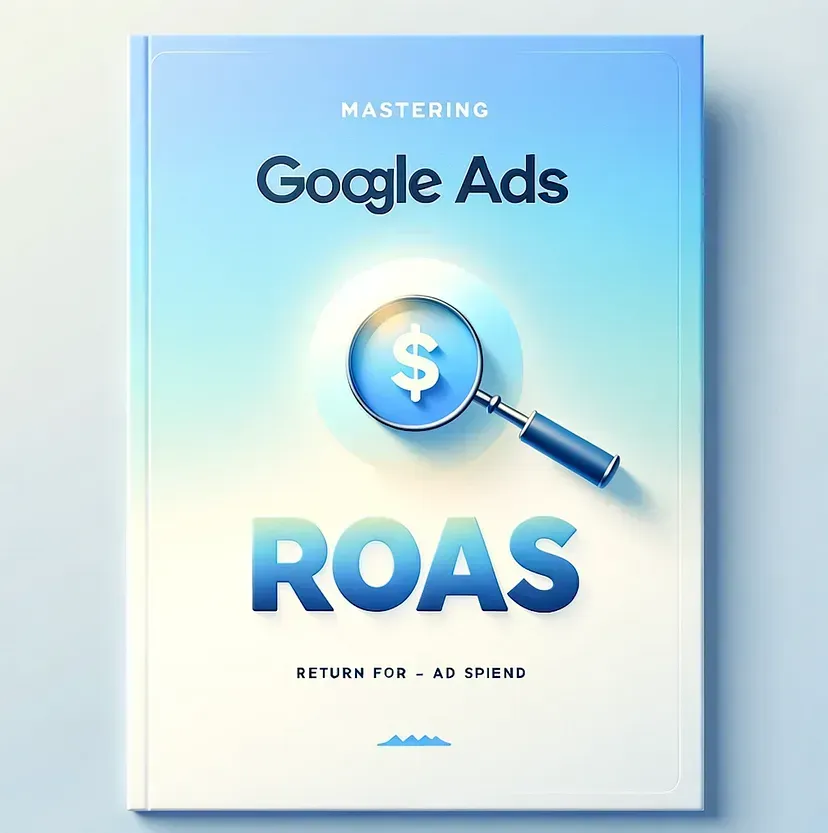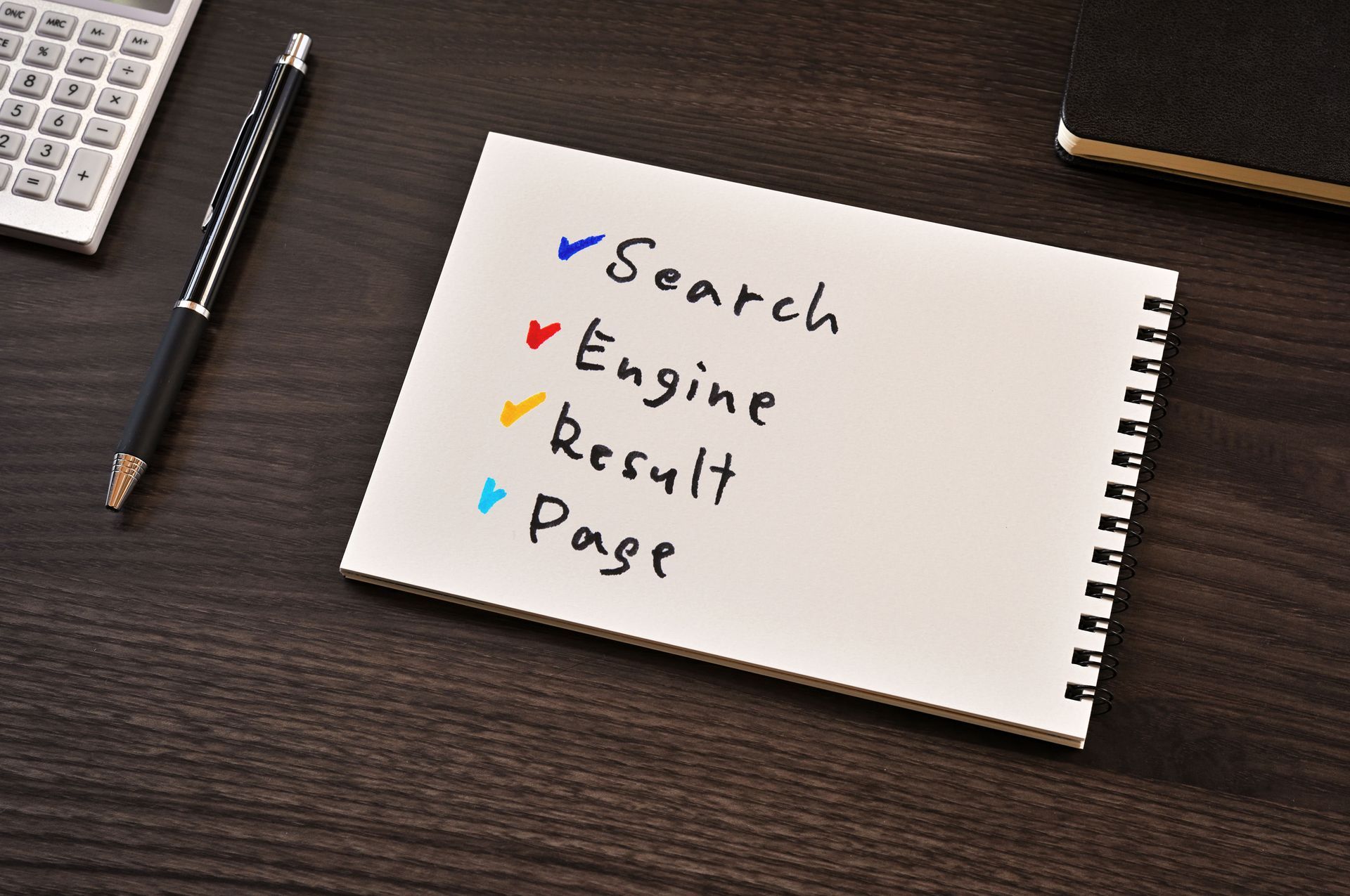Developing a Balanced SEO and Ad Buying Plan for Your Business
Understanding the Basics of SEO and Ad Buying
In today's digital age, having a strong online presence is crucial for any business looking to succeed. Two essential components of a comprehensive online strategy are search engine optimization (SEO) and ad buying. By combining these two techniques, you can improve your visibility on search engines and effectively reach your target audience. In this article, we will explore the basics of SEO and ad buying, setting your business goals, creating a balanced SEO strategy, developing an effective ad buying strategy, and monitoring and adjusting your strategies for maximum success.
Before diving into the details, it's important to understand the fundamentals of SEO and ad buying and their significance in the digital marketing landscape.
When it comes to digital marketing, there are two key strategies that businesses use to increase their online visibility and drive traffic to their websites: search engine optimization (SEO) and ad buying. These strategies work hand in hand to help businesses reach their target audience and achieve their marketing goals.
What is SEO and Why is it Important?
SEO stands for search engine optimization, and it involves optimizing your website and content to rank higher in search engine results pages (SERPs). When someone searches for a specific keyword or phrase related to your business, you want your website to appear at the top of the search results.
But why is SEO important? Well, think about how you search for information online. When you're looking for a product, service, or answer to a question, you probably turn to search engines like Google. And like most people, you're more likely to click on one of the top results that appear on the first page.
By implementing SEO strategies, you can improve your website's visibility in search results, increase organic traffic, and attract qualified leads. When your business appears on the first page of search results, it not only boosts your online presence but also helps build brand credibility.
SEO is a long-term strategy that requires ongoing effort and optimization. It involves various techniques, such as keyword research, on-page optimization, link building, and technical optimizations, to improve your website's ranking in search results.
The Role of Ad Buying in Digital Marketing
While SEO focuses on organic visibility, ad buying allows you to advertise your products or services through paid channels such as search engines, social media platforms, or display networks. Ad buying, also known as pay-per-click (PPC) advertising, involves bidding on keywords or targeting specific demographics to display your ads to a relevant audience.
One of the key advantages of ad buying is that it provides immediate visibility. Unlike SEO, which takes time to show results, PPC ads can appear at the top of search results or on social media feeds as soon as you launch a campaign. This immediate visibility can help you reach your target audience quickly and generate traffic to your website.
Another benefit of ad buying is the ability to target specific demographics, geographic locations, and keywords. With PPC advertising, you have control over who sees your ads, allowing you to reach your ideal customers more effectively. By targeting the right audience, you can increase the chances of converting them into paying customers.
Ad buying can also complement your SEO efforts. While SEO helps you build organic traffic over time, PPC ads can provide an additional boost in visibility and drive targeted traffic to your website. By combining both strategies, you can maximize your online presence and increase your chances of reaching your marketing goals.
In conclusion, SEO and ad buying are two essential strategies in digital marketing. SEO helps improve your website's visibility in search results, attract organic traffic, and build brand credibility. On the other hand, ad buying allows you to advertise your products or services through paid channels, providing immediate visibility and targeting specific demographics. By implementing both strategies effectively, you can enhance your online presence, attract qualified leads, and ultimately boost your online sales.
Setting Your Business Goals
Before diving into SEO and ad buying strategies, it's essential to define your business goals to align your online marketing efforts. Here are two critical considerations:
Identifying Your Target Audience
Understanding your target audience is paramount in developing an effective SEO and ad buying plan. Who are your ideal customers? What are their needs, preferences, and online behavior? By identifying your target audience, you can tailor your strategies to attract the right customers and drive conversions.
Defining Your Marketing Objectives
Clearly define your marketing objectives to ensure your SEO and ad buying efforts are aligned with your overall business goals. Are you looking to increase website traffic, generate leads, boost conversions, or raise brand awareness? Defining your objectives will help you measure success and determine the most appropriate strategies.
Creating a Balanced SEO Strategy
Now that you have established your business goals, it's time to develop a balanced SEO strategy to improve your organic visibility and attract valuable traffic to your website.
Keyword Research and Optimization
Keyword research is the foundation of your SEO strategy. By identifying relevant keywords that your target audience is searching for, you can create high-quality content centered around those keywords. Optimize your website pages with targeted keywords in titles, headings, meta descriptions, and body content to increase your chances of ranking higher in search results.
On-Page and Off-Page SEO Techniques
On-page SEO involves optimizing elements on your website to improve your organic rankings. This includes optimizing your meta tags, URL structures, internal linking, and mobile-friendliness. Off-page SEO, on the other hand, focuses on building quality backlinks from reputable websites and increasing your brand's online presence through social media marketing and content promotion.
Developing an Effective Ad Buying Strategy
In addition to your SEO efforts, an effective ad buying strategy will help you reach a broader audience and generate immediate results. Here's how to develop a strategy that balances your budget and objectives.
Choosing the Right Platforms for Ad Buying
Identify the platforms where your target audience spends their time online. Whether it's search engine ads, social media advertising, or display networks, selecting the right platforms ensures that your ads are seen by the right people. Each platform has its own targeting options and ad formats, so choose wisely based on your business goals and target audience demographics.
Determining Your Ad Spend
Establish a budget for your ad campaigns and determine how much you're willing to spend on each platform. Consider your overall marketing objectives and the potential return on investment (ROI) when setting your ad spend. Conducting tests and monitoring campaign performance will help you optimize your budget allocation and maximize results.
Monitoring and Adjusting Your Strategies
Lastly, it's crucial to constantly monitor your SEO and ad buying efforts to measure their effectiveness and make necessary adjustments. Here are some key factors to consider:
Analyzing SEO Performance
Regularly review your website's organic search traffic, keyword rankings, and other SEO metrics. Tools like Google Analytics and Google Search Console provide valuable insights into how well your SEO strategies are performing. Identify areas for improvement and optimize your website and content accordingly.
Evaluating Ad Buying Success
Monitor your ad campaigns' performance by tracking key metrics such as click-through rates (CTRs), conversion rates, and cost per acquisition (CPA). Use A/B testing to experiment with different ad variations and optimize your targeting and bidding strategies to maximize ROI.
By developing a balanced SEO and ad buying plan, you can effectively reach your target audience, increase your online visibility, and drive valuable traffic to your website. Remember to continuously monitor and adjust your strategies to stay ahead in the ever-evolving digital marketing landscape. With a solid plan and ongoing optimization, your business can thrive in the online realm.










